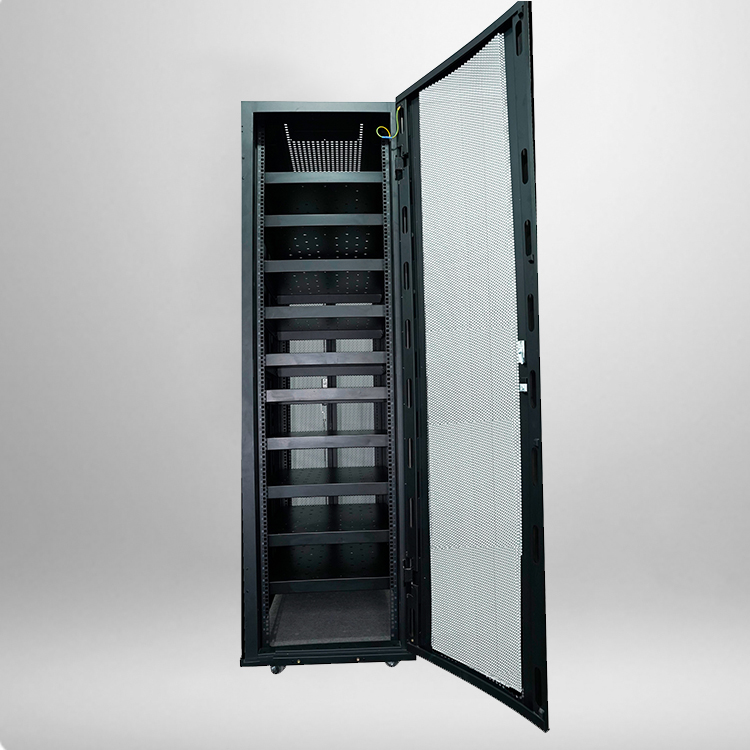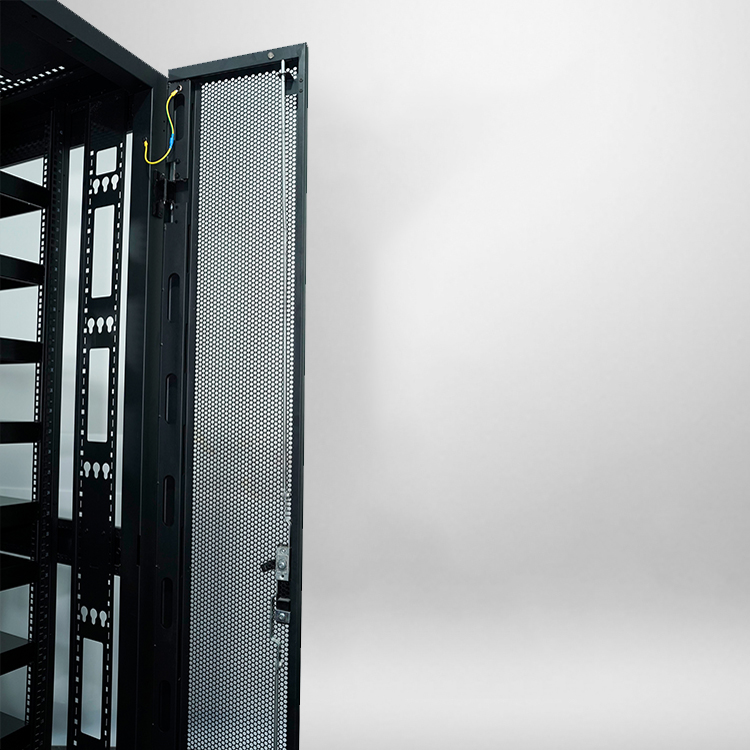
Server cabinets are more than just enclosures for IT hardware—they are foundational to maintaining the reliability, security, and efficiency of data centers, enterprise server rooms, and edge computing sites. Unlike generic equipment racks, server cabinets are engineered to address the unique demands of servers: heat buildup, cable clutter, physical security, and scalability. As IT infrastructure evolves—with the rise of edge computing and high-density servers—understanding the advanced capabilities of modern server cabinets becomes increasingly critical.
Modular Design: Flexibility for Evolving Needs
Modern server cabinets prioritize modularity, allowing users to adapt the enclosure to changing hardware requirements without full replacement. Key modular components include adjustable mounting rails—these can be repositioned vertically to fit devices of varying “U” sizes (from 1U network switches to 8U storage servers) and horizontally to accommodate wider equipment. Many cabinets also feature modular side panels: some are removable for easy access during installation, while others include pass-through slots for cable management or additional cooling units.
Another modular feature is expansion bays—preconfigured spaces at the top or bottom of the cabinet that can hold optional components like PDUs (Power Distribution Units), cooling fans, or monitoring sensors. For example, a cabinet initially used for 10 low-density servers can later be upgraded with extra PDUs and fan units to support 15 high-density servers, eliminating the need to purchase a new cabinet. This flexibility reduces long-term costs and minimizes downtime during infrastructure upgrades.

Environment Adaptability: Beyond Standard Data Centers
Server cabinets are no longer limited to controlled data center environments—modern models are designed to withstand harsh conditions, supporting edge computing deployments in locations like factories, remote offices, or outdoor utility sites. For industrial settings, cabinets may include corrosion-resistant steel frames and IP-rated (Ingress Protection) doors (e.g., IP54 or IP65) to block dust, water splashes, or chemical fumes. Some industrial-grade cabinets also feature insulated panels to regulate internal temperature in spaces with extreme temperature fluctuations (from -10°C to 40°C).
For outdoor edge deployments, cabinets take adaptability further: they may include built-in climate control units (heaters and air conditioners) to maintain a stable internal temperature, even in rain, snow, or direct sunlight. These outdoor cabinets also often have reinforced locks and tamper-proof designs to protect hardware from theft or vandalism—a critical consideration for remote sites with limited on-site security.
Smart Monitoring Integration: Proactive Maintenance
The shift toward smart IT infrastructure has led to server cabinets with integrated monitoring capabilities, enabling proactive maintenance and reducing the risk of unplanned downtime. Many modern cabinets include built-in sensor ports that connect to temperature, humidity, and airflow sensors. These sensors feed real-time data to a central management system, alerting IT teams to issues like abnormal heat spikes (which could indicate a failing fan) or high humidity (which risks hardware corrosion).
Some advanced cabinets also feature power monitoring—integrated with PDUs, this allows tracking of energy usage per device or per cabinet. This data helps identify inefficient hardware, optimize power distribution, and reduce energy waste. Additionally, remote monitoring capabilities let teams check cabinet conditions from anywhere, making it easier to manage edge sites or large data centers with multiple cabinets. For example, an alert about low airflow in a remote cabinet can prompt a technician to schedule a fan replacement before servers overheat.
Sustainability: Reducing Environmental Impact
Sustainability has become a key focus in server cabinet design, with manufacturers incorporating features to lower energy consumption and support circularity. One major innovation is efficient cooling design: cabinets with optimized airflow paths (e.g., front-to-back cooling) reduce the need for energy-intensive room-level air conditioning. Some models also include variable-speed fans that adjust their speed based on internal temperature, using less power than constant-speed fans.
Material sustainability is another priority: many cabinets are made from recycled steel, and their modular design makes it easier to disassemble and recycle components at the end of their lifespan. Additionally, some cabinets are designed to support energy-efficient hardware—for example, they may have wider spacing between mounting rails to accommodate servers with advanced cooling systems, which consume less power than traditional servers. These sustainable features not only reduce environmental impact but also lower long-term operational costs (e.g., lower energy bills and waste disposal fees).


